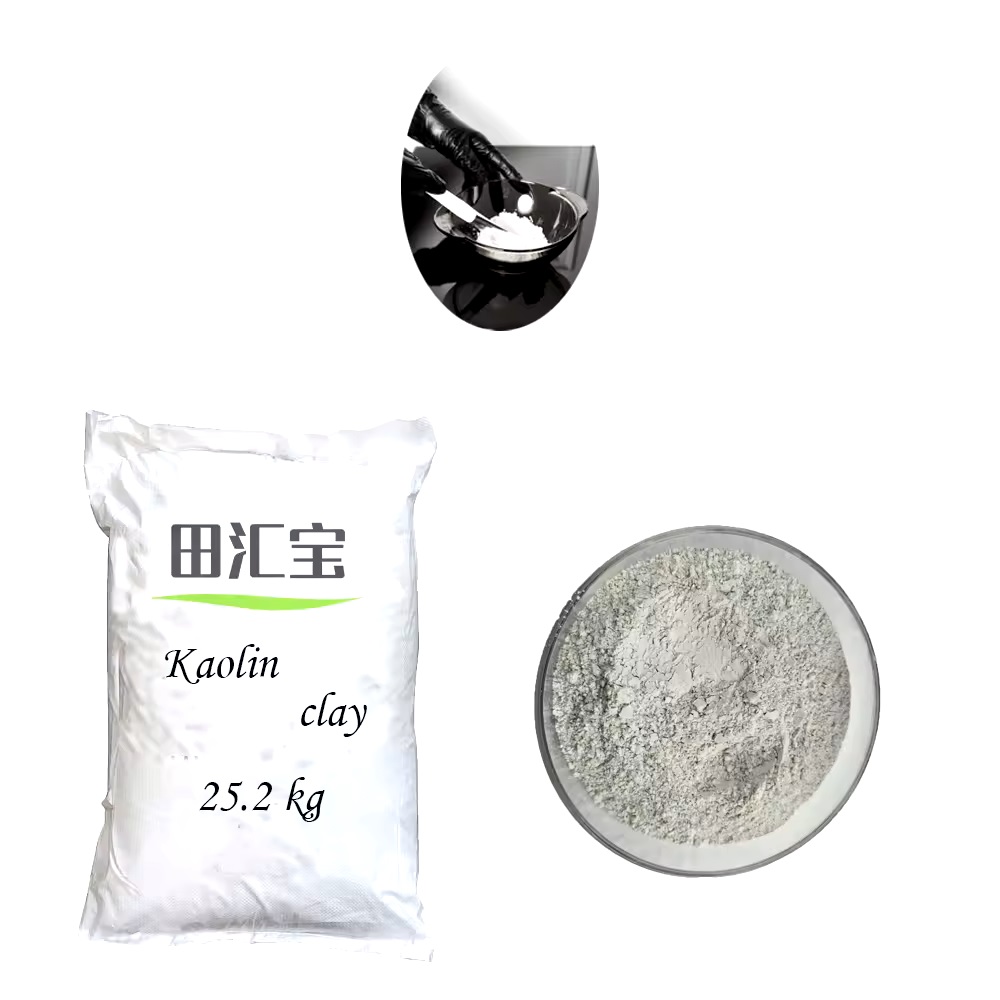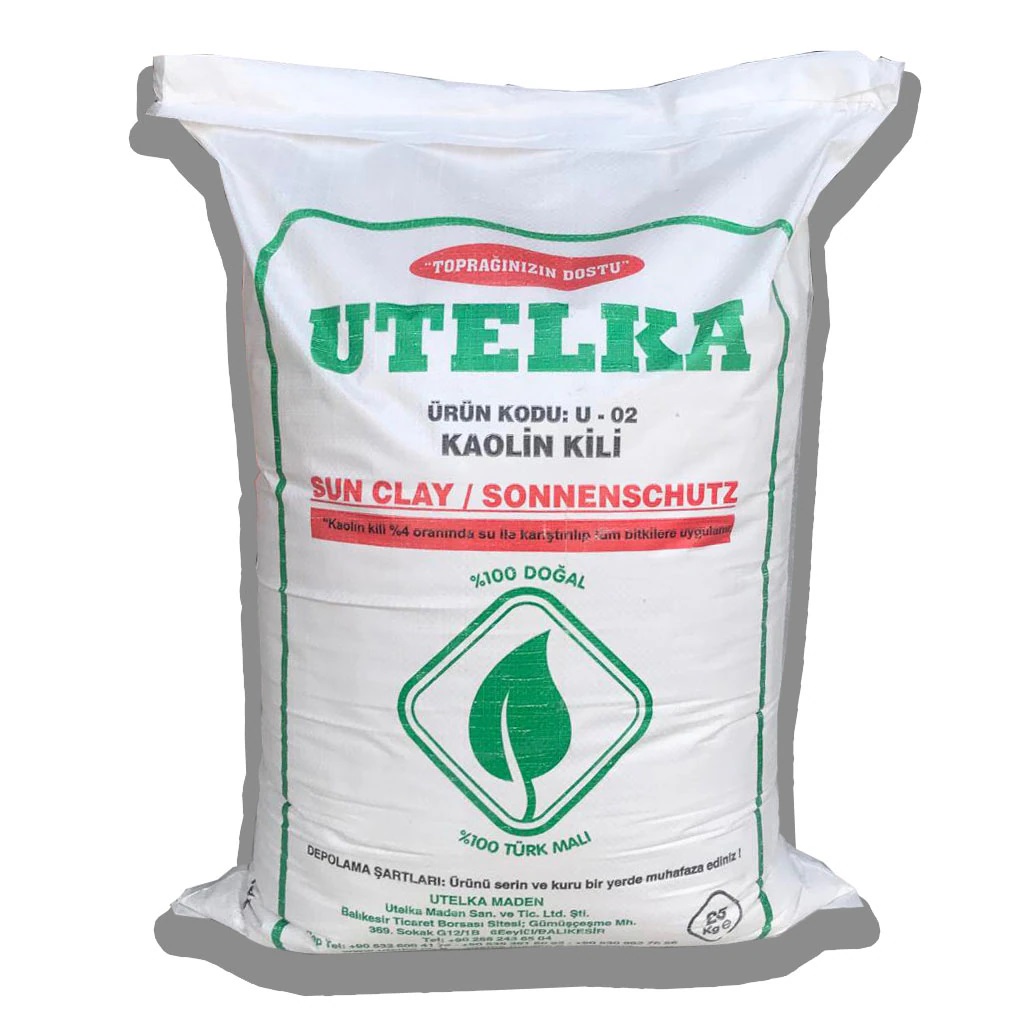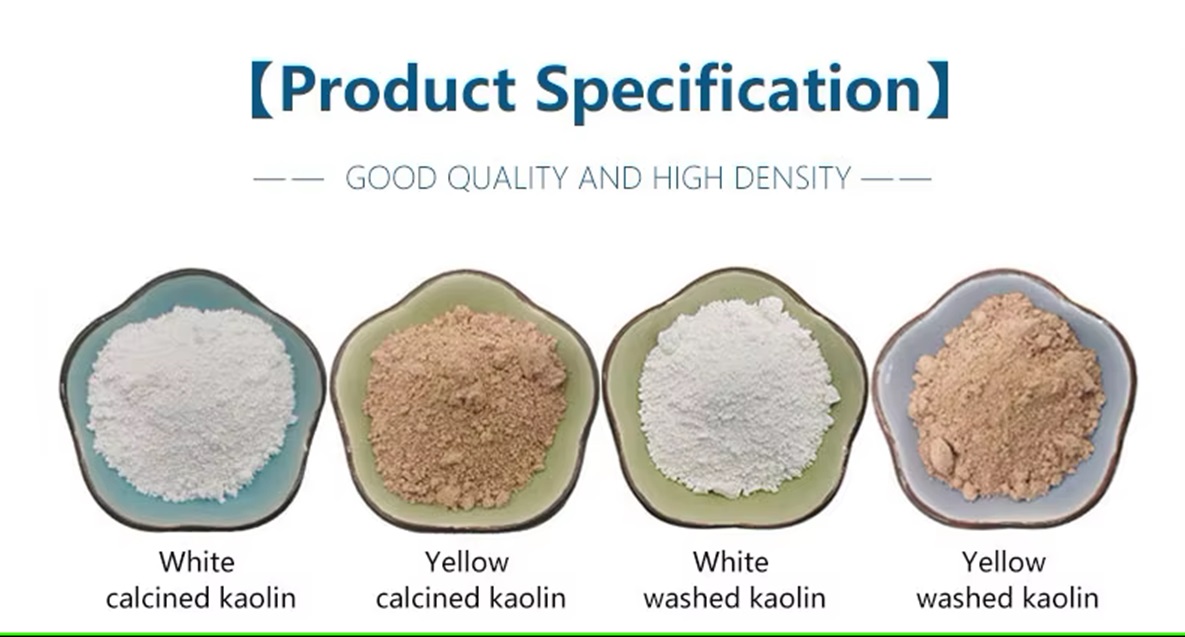We unleash your business potential by maximize the business innovation.
Send EmailKaolin, Buca, Argilla, Catalpo, Anhydrol, Aluminum silicate dihydrate, Aluminum silicate hydroxide,1332-58-7, 52624-41-6
CAS: 1332-58-7; 52624-41-6
Molecular Formula: H2Al2O8Si2.H2O
Names and Identifiers
| Name | kaolin |
| Synonyms | Buca kaolin Argilla Catalpo Anhydrol PAR CLAY Bilt-cote Bolus alba China clay Bilt-plates Porcelain clay Chinaclaypowder Calcined Kaolin Aluminum silicate dihydrate Aluminum silicate hydroxide Aluminum silicate (hydrated) |
| CAS | 1332-58-7 52624-41-6 |
| EINECS | 310-194-1 |
| InChIKey | NLYAJNPCOHFWQQ-UHFFFAOYSA-N |
Physico-chemical Properties
| Molecular Formula | H2Al2O8Si2.H2O |
| Molar Mass | 258.16 |
| Density | 2,6 g/cm3 |
| Melting Point | 1750 °C |
| Water Solubility | insoluble H2O, dilute acids and alkali hydroxides [HAW93] |
| Solubility | Insoluble in water, cold acid and alkali. |
| Appearance | Bright light brown powder |
| Color | 75-96, Hunter Brightness |
| PH | 6-7 (50g/l, H2O, 20℃)(slurry) |
| Storage Condition | no restrictions. |
| Stability | Stable. Substances to be avoided include strong oxidizing agents. |
| Refractive Index | 1.6200 |
| MDL | MFCD11045913 |
| Physical and Chemical Properties |
has pearl luster, color pure white or light gray, such as containing more impurities are yellow, brown and other colors. Most are dense or loose soil blocks. Easily dispersed in water or other liquids, there is a smooth feeling, Clay flavor. Density 2.54-2.60g/cm3. The melting point was about 1785 °c. With plasticity, wet soil can be molded into a variety of shapes without breaking, and can remain unchanged for a long time. |
| Use | Used in the manufacture of daily ceramics, refractory materials, coatings, optical glass, various electromagnetic insulators, also used in paper, rubber, plastic industry and made of special ceramics |
Risk and Safety
| Safety Description | S22 - Do not breathe dust. S24/25 - Avoid contact with skin and eyes. |
| WGK Germany | - |
| RTECS | GF1670500 |
| TSCA | Yes |
| HS Code | 25070090 |
Nature
White Flake crystalline powder, with a smooth feeling, Clay flavor. The relative density was 2. 58. PH value (20% water suspension) 3.8~7.5. Mohs hardness 2. The oil absorption rate was 40% ~ so%. The average particle size is 0.5 ~ 1um, and the maximum free water content is 1.0%. Slightly soluble in hydrochloric acid and acetic acid at room temperature, easily dispersed in water or other liquids. Easy dispersion, good hiding performance, high whiteness. It has good plasticity and high adhesion, excellent electrical insulation, strong ion adsorption and weak cation exchange.
Preparation Method
after the original mine crushing of kaolin is coarse and medium, it is refined by the process of one-stage ultra-fine grinding by impact grinding, then calcination and air flow ultra-fine grinding.
Introduction
It smells earthy. It seems to be wet, greasy and dark. Properties: plasticity, adhesion, dispersion, insulation, sintering, flame retardancy, fire resistance, adsorption, weather resistance, chemical stability.
Use
kaolin has the characteristics of high whiteness, good particle size distribution and good hiding property. It can be used in coated paper, coated paper, white paper, corrugated paper and coatings in the paper industry to improve the whiteness, smoothness, opacity and gloss of the product. Used in the rubber industry as a functional filler, can partially replace the white carbon black, play a role in strengthening and reducing costs.
Reference Information
| introduction | kaolin is a kind of clay or clay rock dominated by kaolinite minerals. It is a non-metallic mineral, a clay and clay rock dominated by kaolinite clay minerals. Because it is white and delicate, it is also called Baiyun Soil. Named after Gaoling Village, Jingdezhen, Jiangxi Province. |
| application | kaolin is widely used in papermaking, ceramics and refractory materials, followed by coatings, rubber fillers, enamel glaze and white cement raw materials, and a small amount of it is used in plastics, paints, pigments, grinding wheels, pencils, daily cosmetics, soaps, pesticides, medicine, textiles, petroleum, chemicals, building materials, national defense and other industrial sectors. |
| toxicity | ADI does not make special regulations (FAO/WHO,2001). GRAS(FDA,§ 186.1256,2000). |
| usage limit | FAO/WHO(1984): milk powder 10 g/kg, cream powder 1000 mg/kg. All are limited to those used in vending machines. According to Japanese regulations (1927), the maximum residue of general food is 0.5%. |
| use | anticaking agent; Decolarizing agent (starch syrup, etc.); Settling agent; Filter aid (wine clarification, etc.). GB 2760-90 can be used as a processing aid. precision casting industry, refractory materials used to make daily ceramics, refractory materials, coatings, optical glass, various electromagnetic insulators, also used in papermaking, rubber, plastic industry and special ceramics can be used in vacuum blood collection vessels, is used in serum, play the role of serum coagulation for separation and purification. desiccant softener. Liquid clarifier. Support for catalysts in organic synthesis. The pharmaceutical industry is used as a catalyst for organic synthesis, and the carrier medium is colored. It can also be used as clarifying agent, ceramic cement, refractory material, etc. |
| production method | take granite, gneiss and other crystalline rocks and grind them into mud, wash them with water to remove sand, treat them with dilute inorganic acid and rinse them repeatedly with water, and then dehydrate them above 330 ℃. Mainly produced in China's Jiangxi Gaoling, the United States, France, Malaysia and other places. |



